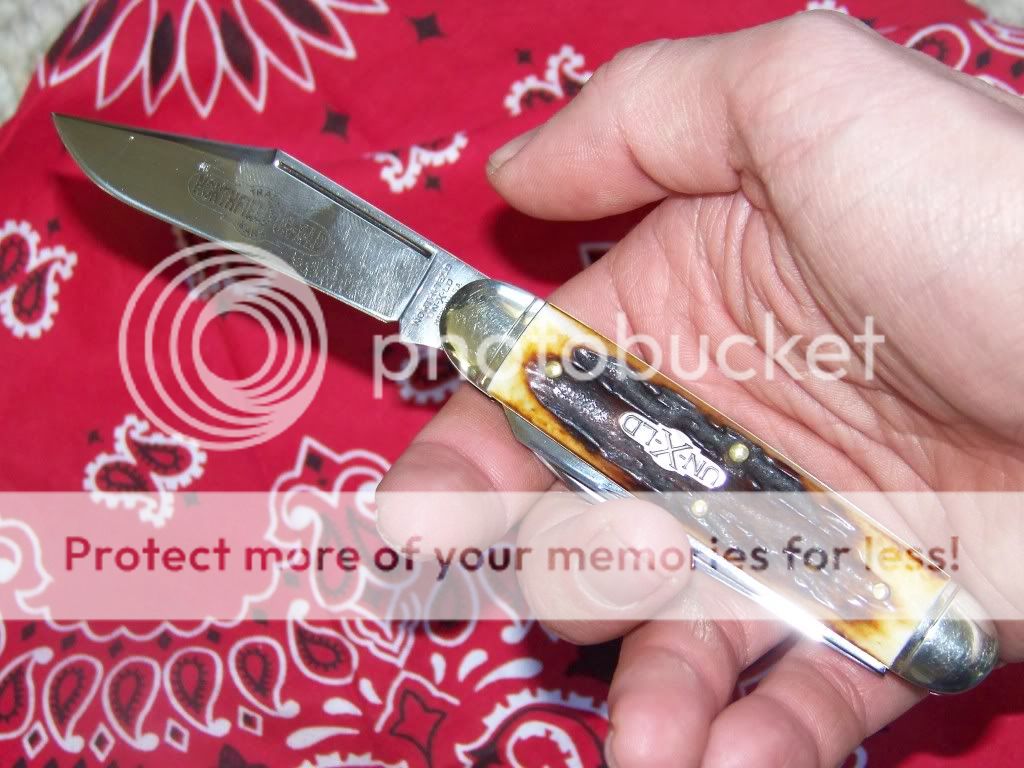ive noticed there are many different thicknesses of blades here and am wondering, how thick does a user blade really need to be to be strong and functional as a
knife?the reason i underline knife is because i beleive there is a right tool for every job and i do not use a knife to pry open car doors,chop down trees,or dig for clams in the sand.i just dont think its what the knife was intended to do. i use my knives for general cutting,carving,field dressing,skinning and batoning. ive used a stick tang 1/8" to do all of these and never fail.my preffered thickness is 5/32" as it is plenty strong for my user needs and performs eqaully well in all the above areas.
so the question is what thickness is strong enough to do all normal WSS related tasks?my question i guess goes mainly to the makers here on WSS,as theres method to thier madness when it comes to making a strong functional cutting tool,but anyone with logic behind an answer is cool too




